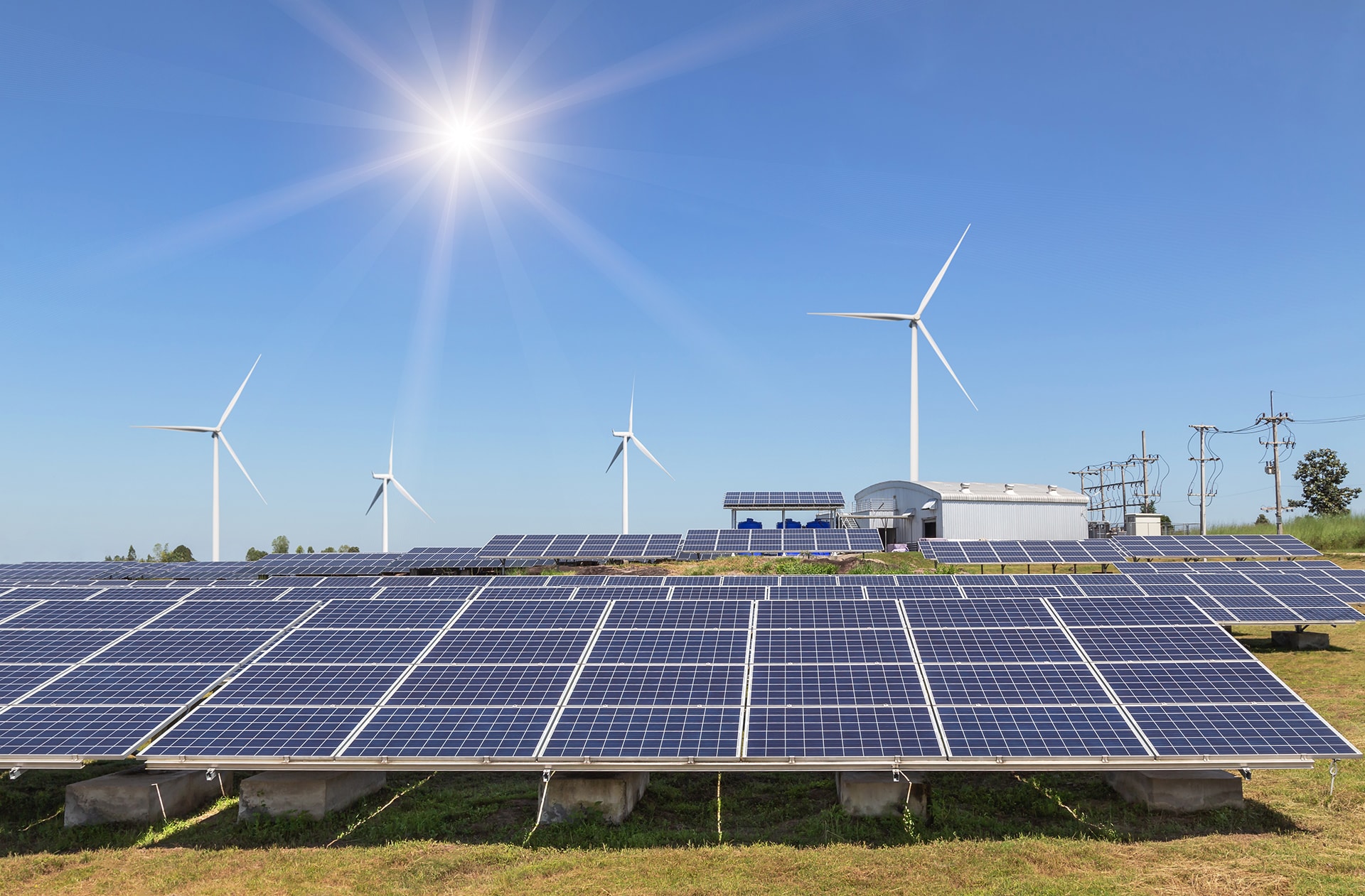Over the last couple of years, Blockchain has evolved as a tool that solves plenty of world problems. The basis of technology remains mysterious and confusing for many, with the rise and fall of bitcoin – a currency that employs blockchain in its regulation. We’ve tried to simplify the same and make it easier to understand the basis of blockchain and the works.
While, for now, the primary use for blockchain is only a cryptocurrency, many developments are being made. Energy is one of the sectors being discussed, and we’ll delve further to understand how it is used.
What is Blockchain?
In simple words, blockchain is a new way to handle data – with the help of a decentralized database. For example, money transfers occur after most people keep money in the bank, storing their crucial financial data. The bank has a monopoly on the data, and all digital transactions need to go through the bank, and they are the only ones who have an idea about your balance.
With blockchain, you can cut out the bank and give people the power to make these transactions directly. Blockchain’s difference, however, is that it has no owner and is trustworthy and secure. The network for blockchain is run on a slew of individually-owned computers, also known as nodes. They maintain a database for all the transactions, with the same history stored on decentralized computers.
In the case of bitcoin, it is stored on every computer, which makes it harder to tamper. Hackers would have to fiddle with all the devices at once to get through. Blockchain generally eliminates the need for any third-party application. It has applications in databases that have no intermediaries and provide security for both transfers of data and money.
Blockchain and Energy
Blockchain has the potential also to be used in energy grids. Startups are using blockchain to create grids that are more sustainable and accessible by promoting the factor of data sharing in real-time. Creating these energy grids linked to a blockchain is simple – it gives consumers total control over the place they source their energy and the information behind the production, thus driving competition and producing sustainable energy.
Those using intelligent grids rely on blockchain and can compare energy providers by buying from them directly. An Estonian company known as WePower has tested how a choice-driven energy market could work. They teamed up with independent energy providers who share all the energy data in real-time.
Whoever’s piloting the program has bought into the idea and has been given credits that they can spend on energy sources, thus giving them the freedom to alter choices based on real-time power generation.
How will Blockchain affect energy?
Peer-to-peer energy transactions can disrupt the energy industry and encourage decentralization, and blockchain can do so. Small installations have increased over the last few years; rooftop solar panels, for example, create a bit of stress on the electrical grids that are designed with centralized power plants in mind. With peer-to-peer energy trading and placing an incentive on the local consumption, blockchain stabilizes the grid and aids in decentralization.
With users paying one another directly, traditional market roles can be questioned, including retailers, suppliers, distribution operators, balancing groups, metering point operators, etc. There have been successful pilot projects with peer-to-peer community energy projects in NY, Germany, Australia, etc. In Europe, these are limited to regulatory exemptions and to universally run these projects, a few years are required.
Electricity tracking is another blockchain application with two purposes – renewable certificates or carbon credits and rewards if you generate renewable energy. Blockchain enables collective investments and ensures transparent sharing of all the revenues for those who want to invest but lack funds.
Is Blockchain a reliable method?
Properly calibrated intelligent energy meters can ensure electricity tracking in real-time and avoid any double counting. Electricity can be called renewable in Europe only if it comes with GO or Guarantee of Origin certificates. Standard and EKO energy-certified energies are issued, and they can be prohibitive, especially for small producers. They won’t be able to generate the amount of electricity required for this type of work.
Blockchain can also help small-scale producers, and newer players receive energy certificates. There needs to be a way these installations don’t use blockchain certificates. Once the blockchain is widely accepted as an energy tracking solution, it needs to be strictly monitored, with specific criteria evolving.
What does the future hold?
The future is uncertain, but how we exchange and store information is slowly changing. It is unlikely that we will look at the energy market the same way in the next few decades. Once harnessed, blockchain can play a significant role in boosting the transition towards renewable energy.
Many nations are still trying to figure out how to harness solar and blockchain together. While there is optimism, there also needs to be a recognition of the challenges.
The intermittent nature of solar harvesting and ancillary storage problems are just some of the current challenges. It is nice to think about a solar neighbourhood where everyone shares or uses their solar energy when required. However, weather conditions still play a role in determining the effectiveness of these solar grids. Using your solar energy at high rates can be a challenge, and finding a way to solve the same will make a world of difference.
Hoping the rest of the world finds the right solution for solar and other renewable energy sources can make a big difference. Once the transition is made, with blockchain at the helm, decentralization will guide the way forward in all aspects of energy storage and use, resulting in a world where energy is spent the right way, at the right time.

